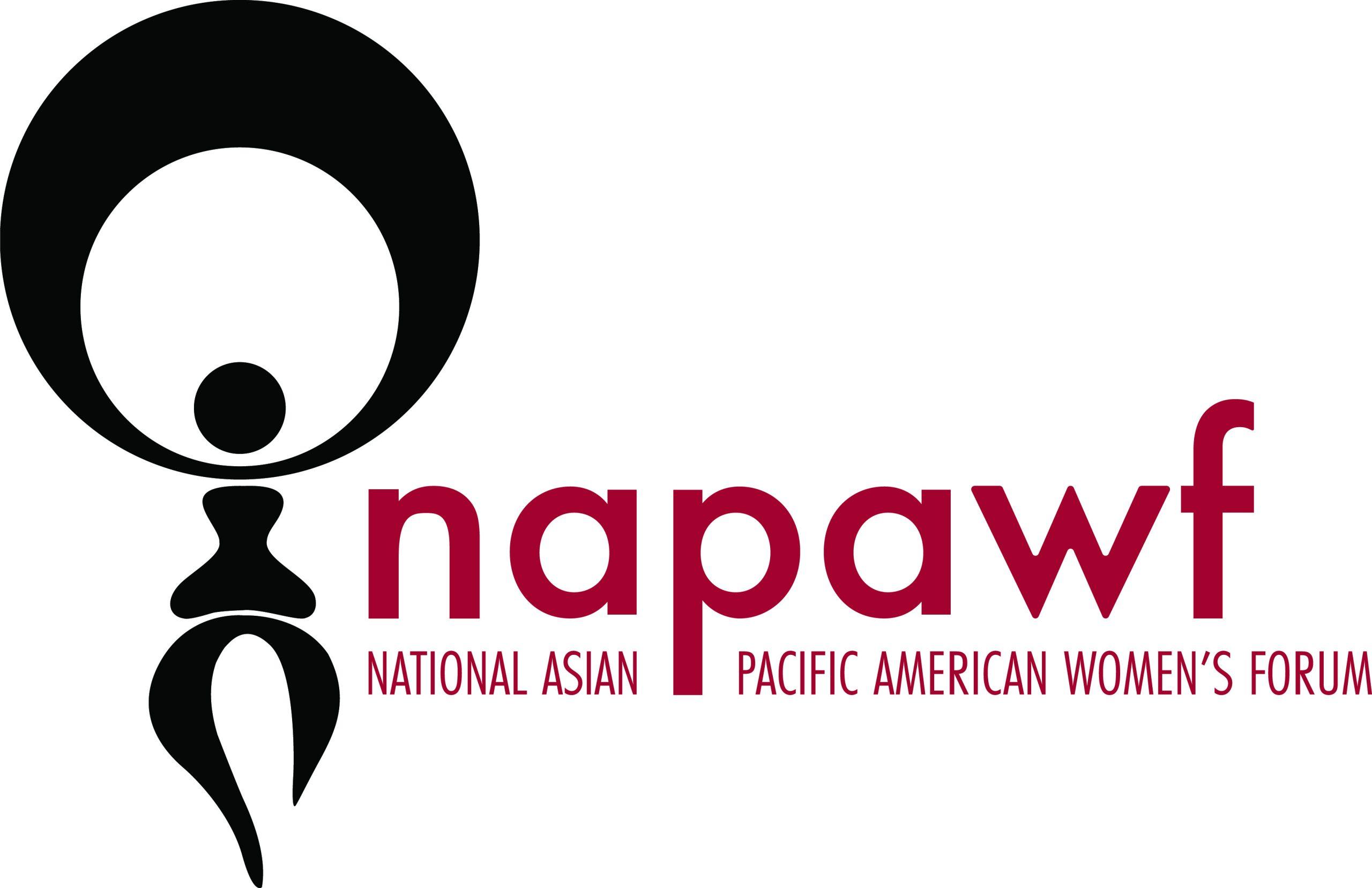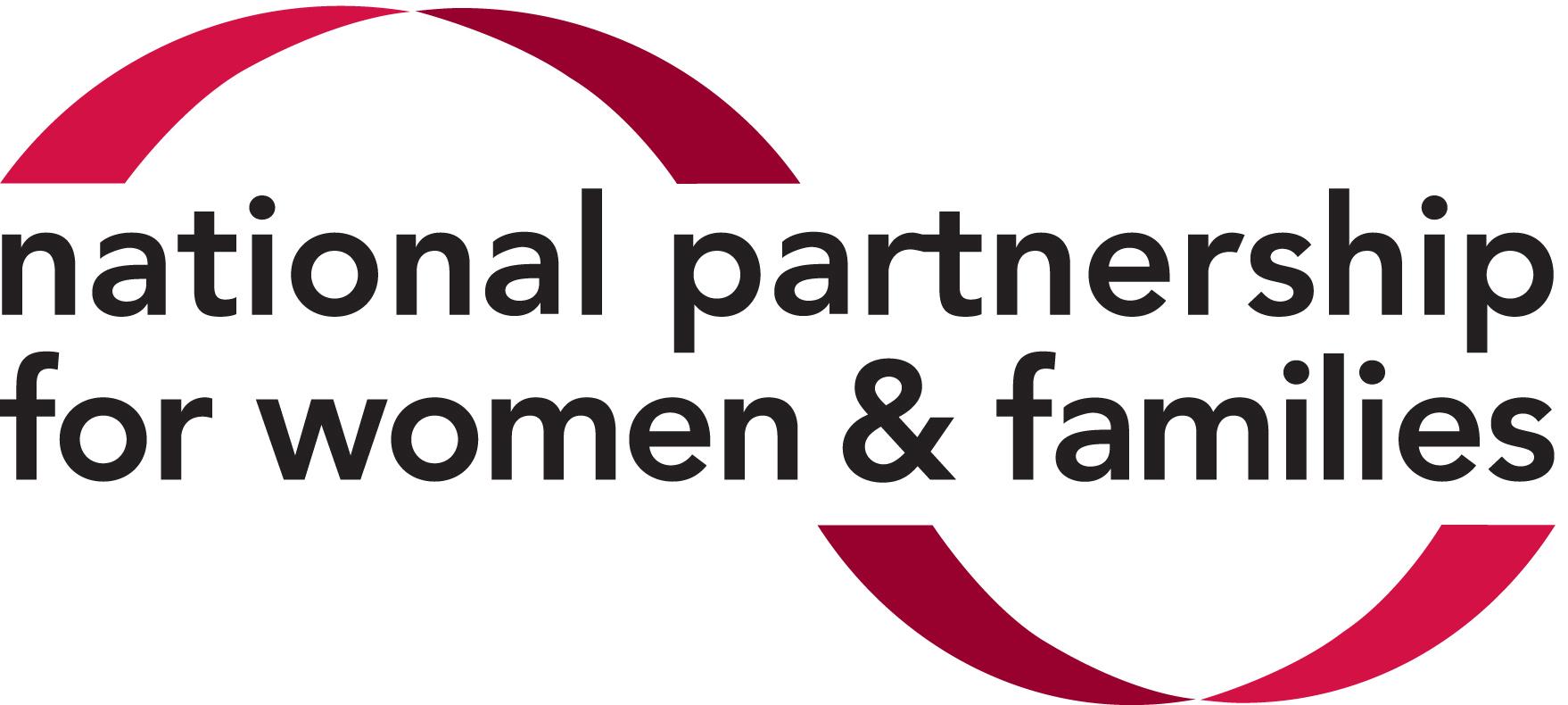Statement of Jocelyn Frye, President of the National Partnership for Women & Families WASHINGTON, D.C. – June 28, 2024 – Today, the Supreme Court upended sound, longstanding, legal precedent that has provided protections for everyday people for decades...
Increasing Access to Safe Drinking Water and Improving Reproductive and Overall Health
Download
Access to clean water is a human right recognized by the United Nations. It is a public health issue that is deeply connected to maternal and reproductive health. It is also a reproductive justice issue in that it shapes people’s ability to choose if and when to parent, as well as their right to live and raise children in safe and healthy communities. Policymakers in the United States should take action to ensure and protect access to clean, safe, and affordable water. The following policy recommendations are steps that policymakers should take to work towards water and reproductive justice for all.
Partner with Indigenous Leaders
American Indian and Alaska Native communities face especially severe and dire water conditions. Native communities’ access to clean water is compounded by the unique ways that environmental racism plays out in their history and lives — from forced removal and legal frameworks that transferred land away from tribal nations to inadequate fulfillment of the federal trust responsibility to protect and provide for the well-being of tribes. The particular challenges Native communities face in accessing clean water — as well as the long history of Native people leading in the fight for environmental justice — calls for a much deeper discussion than the authors of this brief can provide. Inclusion and centering of Native people is critical in addressing these harms and in crafting the policy solutions that aim to increase access to safe drinking water and improve reproductive and overall health.
Ensure access to a full range of reproductive health services, including abortion care, for all people
Access to clean water is one key step in achieving reproductive justice for all. However, policymakers must also take immediate action to end other barriers to accessing reproductive health care by ensuring equitable health coverage and care and by addressing systemic racism in health care systems. This includes addressing the myriad systemic barriers that cause racial health disparities and eliminating gaps in immigrant women’s ability to access affordable, comprehensive health care.
Increase infrastructure investment to replace lead pipes and reduce water contamination
After decades of systemic racism in housing, finance and community investment, it is often communities of color who face the most dire issues with lead pipes, failing water systems and water contamination. Federal and state entities should make equitable infrastructure investments to replace lead pipes, protect vital water sources and improve public water systems to reduce contamination.
Strengthen water standards for harmful toxins, such as lead and nitrates, and ensure that water standards are based on science and evidence
The EPA and state water regulating bodies should work to strengthen drinking water standards for many chemical contaminants so water providers can better identify unsafe contaminants and work to eliminate them. For instance, recent studies have shown that the EPA’s rule on safe lead concentrations in drinking water, which sets limits at 15 parts per billion (ppb), fails to protect children. A recent analysis by EPA scientists found that that water lead concentrations in the 3.8 to 15 ppb range may put a formula-fed infant at risk of elevated blood lead levels.
Stop the rollback of policies that protect our water
Under the Trump-Pence administration, the EPA has been actively rolling back water regulations. In the midst of a clean water access crisis in the U.S. and the ongoing and worsening impacts of climate change, this is unconscionable. Water standards need to be strengthened, not erased.
Enforce federal standards on toxins in water
The federal government should enforce the standards it sets for drinking water. Water should be tested more frequently, and violations of safe drinking water standards should be consistently and effectively enforced. Under the Trump-Pence administration, clean water enforcement actions have drastically decreased, emboldening polluters and worsening our national water crisis.
Make polluters pay for clean-up of harmful chemicals
When it comes to cleaning up existing toxins and harmful chemicals in our drinking water, the polluters, not communities, should foot the bill. Polluters might be the federal government, the military or corporations.
Ensure water affordability and end water shutoffs
Too often, families struggling to make ends meet lose access to clean drinking water because they cannot pay their water bills. Water affordability standards must be defined to ensure that: 1) every person can pay for drinking water and sanitation without sacrificing another basic, essential human need — such as food, health care, housing, transportation, education and emergency communications; 2) no person is denied access to basic water and sanitation services based on ability to pay, age, disability, gender or race; and 3) drinking water and sanitation must not comprise more than 2.5-4% of monthly income for people living with low incomes. The federal government should work to uphold these water affordability standards for state and local utilities, and should establish and fund a consumer assistance program so people do not lose water access.
Require regular water tests at all public schools
A 2018 GAO report found that an estimated 41 percent of school districts, serving 12 million students, had not tested for lead in school drinking water in 2016 or 2017. The federal government should take steps to make sure all schools are testing their drinking water and are transparent about the results. When there is a lead problem, both federal and state governments should provide funds for remediation efforts.
Federal and state governments should regulate PFAS and other newly discovered water pollutants
PFAS are currently unregulated chemicals, despite having known detrimental health impacts. The federal government should take steps to eliminate PFAS from consumer products and curb the use of PFAS in industry and firefighting. States should take steps to set safe limits on PFAS in drinking water. Additionally, the Federal government should implement additional efforts to carefully regulate chemicals like atrazine, disinfection byproducts, arsenic and perchlorate — common water contaminants known to adversely impact reproduction, fertility and pregnancy outcomes.
Mandate disclosure of contaminants in water
Currently, most people do not know that contaminants such as PFAS, atrazine and perchlorate are in their water. The EPA and state and local governments should require utilities to test water supplies frequently using a method that detects these contaminants and disclose the results publicly.
To access this report’s endnotes, please see the full report PDF.





